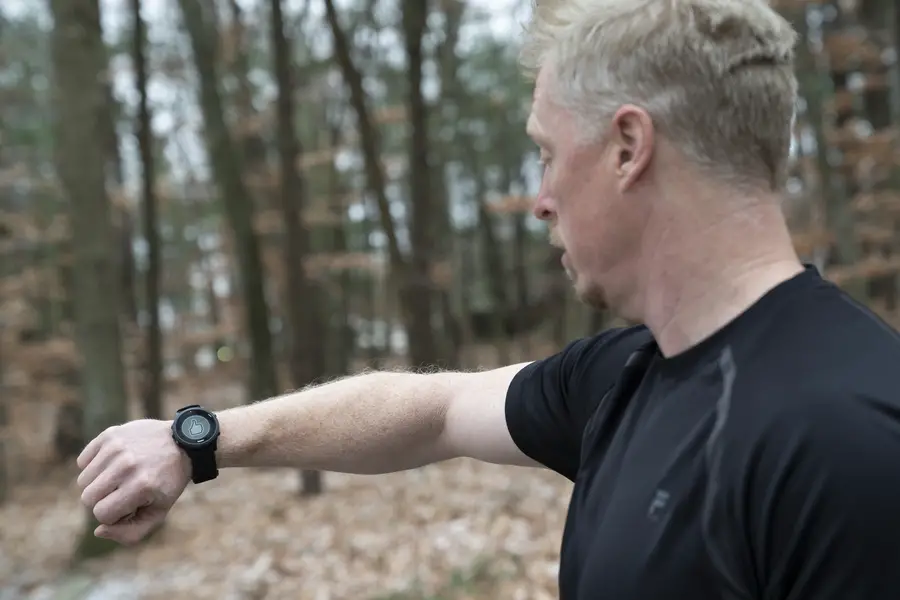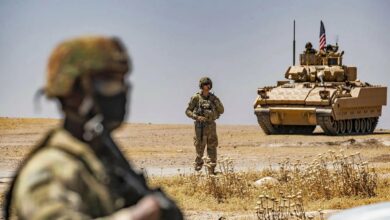New Device Detects Risk of Heat Injury Among US Military Trainees
The Massachusetts Institute of Technology (MIT) Lincoln Laboratory has developed a wearable device capable of detecting if soldiers are at risk of heat-related injuries.
According to a press release, more than 2,000 American military personnel experienced heat stroke or heat exhaustion in 2020, posing a “significant and persistent” threat to their health and military missions.
Lincoln Laboratory researchers explained that young, inexperienced recruits are especially vulnerable to heat stress, so they invented a technology that continuously monitors core body temperature to determine the risk of heat stress during training.
The smartwatch-based system features an armband sensor that measures the trainee’s heart rate. All data collected is used to run an algorithm in a Lincoln Laboratory-developed application before the watch displays a visual icon such as a stop sign, danger sign, or thumbs up.
The tech emits an audible tone to alert users if they are overheating.
“Heat injury is a preventable injury if you know how to look for it,” biomedical researcher James Balcius explained. “Trainers and medics could benefit from tools that provide a warning of an impending heat casualty. That’s why we’re developing this technology.”
‘Lightweight and Low-Cost’
Sponsored by the US Army Medical Materiel Development Activity, the state-of-the-art device uses an algorithm developed by the US government in 2013. The algorithm has reportedly been used in many commercial products, but this is the first time it has been applied to a device as small as a smartwatch.
Balcius explained that while the algorithm helps in detecting heat strain, it does not mean that everyone who receives a red alert will suffer injury. “But there’s a higher probability that they will, so they need to take a break,” he said.
He added that the device is lightweight and costs less than $500 since it uses commercially available technology.
“In basic training, I had a heat injury. It’s very personal for me to want to stop another person from having to go through that. Heat injury may not be an injury that comes to mind when thinking of warfighters, but it persistently occurs every year across all the services and needs solving,” Balcius concluded.












